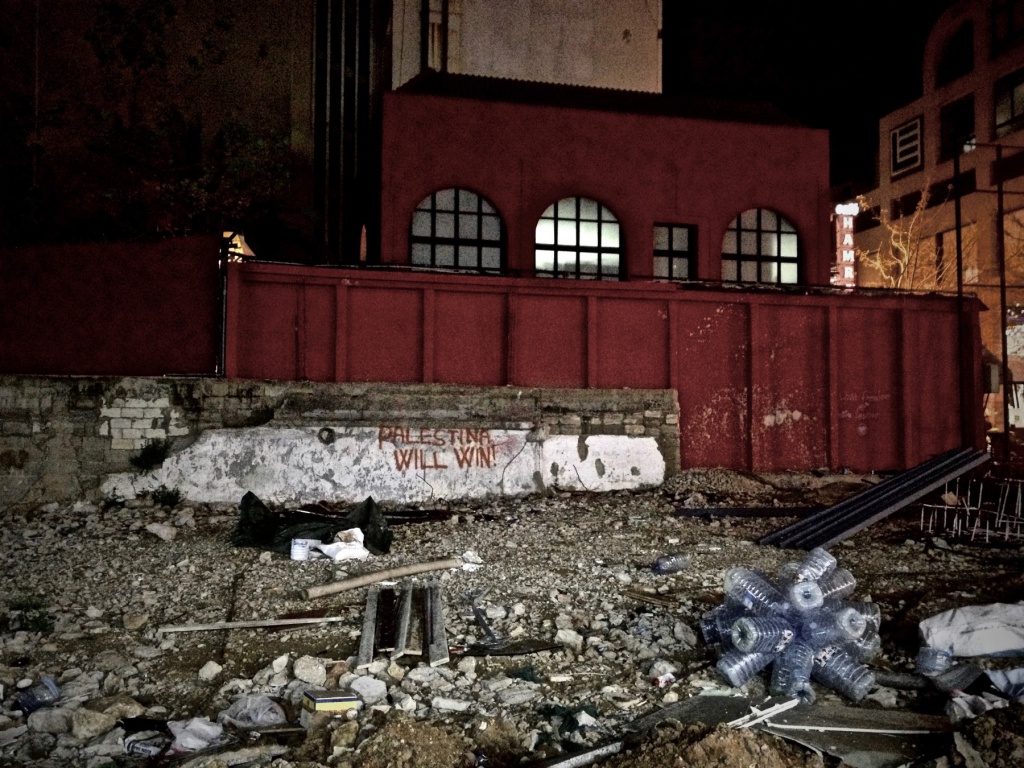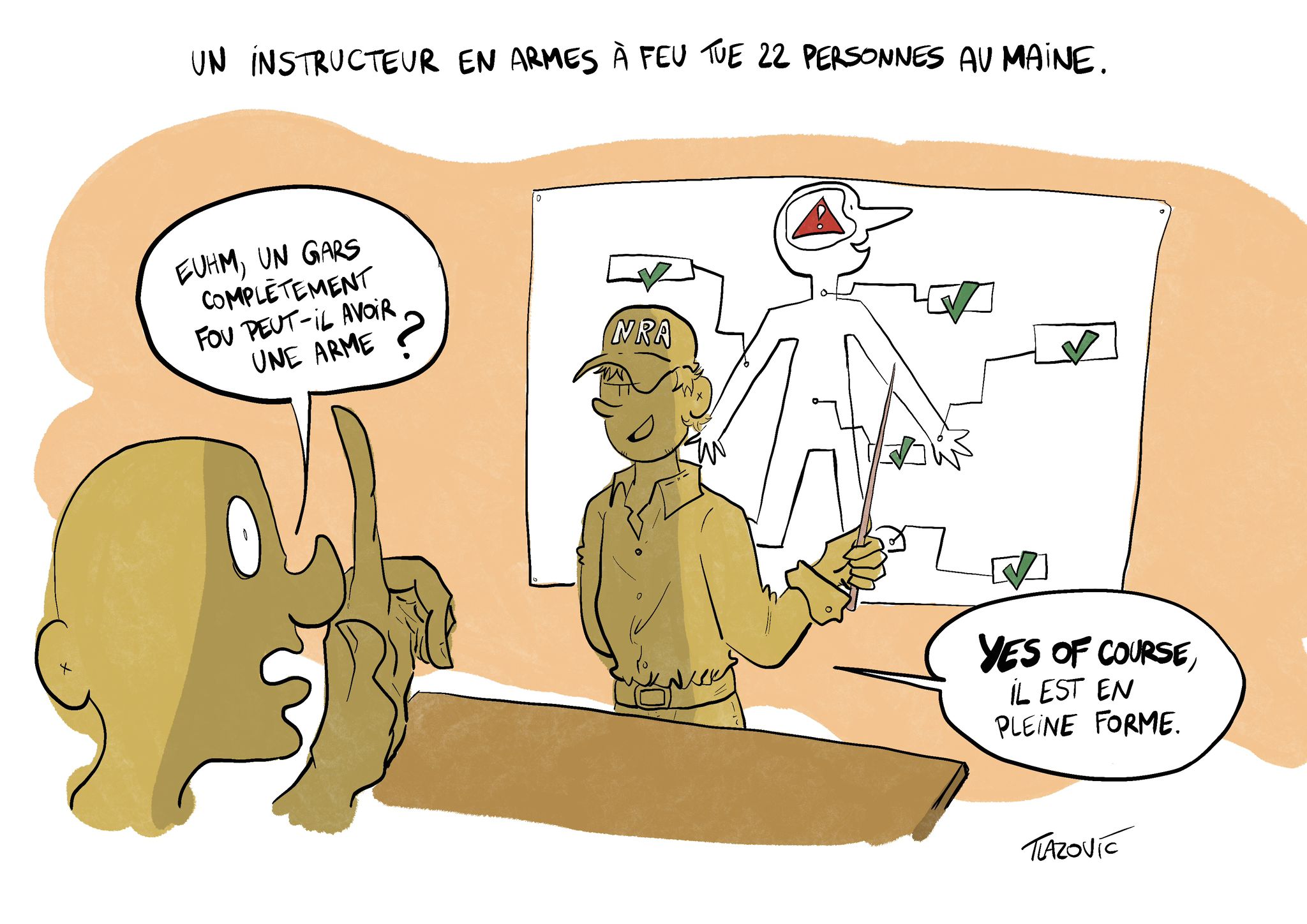The Israeli-Palestinian conflict has been one of the longest enduring conflicts of history. Since the 1960s, fighting has continued on a territory twice as small as that of Switzerland, without reaching a durable and just peace. While international treaties have attempted to put an end to the conflict, these attempts at a stable peace have reached little enduring success (Oslo, 1993; Camp David, 2000; Taba Summit, 2001). Since the start of the war, a lot of questions were raised about the state to be held ultimately responsible of the pain and death that has ensued as a result of the maintained conflict. Demands for an ethical end to the conflict are ringing alongside with overreaching demands for an end to other quarrels and to more universal peace.
Peace studies have included more and more notions of ethics in order to build a better understanding of International Relations, but also to build more “just” international relations (Badie, 2014). A large share of scholars raise concepts of new international order based on ethics, as do Benhabib (2013), Beitz (1979 & 2011), Pogge (2001) and Linklater (1998). Moral principles are even used to theorize a distinction between just war and unjust war (Walzer, 1977).
Walzer raises three levels of justice concerning war and peace: the Jus ad Bellum, or justice regarding the causes of war, Jus in Bellum, or justice regarding the behavior of actors during the war, and Jus post Bellum, or justice in the last steps of war, including peace treaties (Walzer, 1977). Each step mandates specific rules to follow in order to make a just war. The last step, Jus post Bellum is directly connected with peace studies because “l’intention juste exigée par la doctrine [of just war] n’a de sens que si le résultat espéré de la guerre est moralement défendable – en d’autres termes, une paix, sans doute juste, pourrait-on ajouter” (Allan & Keller, 2015). In other words, in order for a war to be found just, Jus post Bellum implies the realization of a certain form of (just) peace after conflict. What is important here is that we understand “just peace” as a kind of continuity of “just war”, although for some authors, it is not dependent on it. According to this school of thought, a just peace can be present after an unjust war, citing for instance the case of Japanese peace building after the Second World War (Allan & Keller, 2006, 207). What is this theory which pretends to provide justice and peace even after dreadful wars? Before introducing a possible answer, let us further discuss the conceptual nexus between war and justice which is more tremendous than might seem.
What’s wrong between peace and justice?
Indeed, if speaking about just war seems odd, because war and justice appear to have diametrically opposed ontologies, it is perhaps even stranger to use concepts of justice and peace together, as this appears illogical ontologically. Indeed, some authors argue that it is an oxymoron for at least three reasons.
First, justice seeking can hamper peace keeping or peace building. On the one hand, when two actors are in war and look for a just resolution to end the conflict, « often, justice is defined a priori, by what constitutes it, such as utility (Bentham, Mill), fairness (Rawls), socialism (Marx), rights (Dworkin), or entitlement (Nozick) » (Allan, 2006, 116). During a peace building process, one can have a different vision of justice than the other. This disagreement will complicate peace building after the war. On the other hand, justice seeking can trigger conflict and put an end to state of peace between two actors or give rise to divisions within one actor. The peculiar justice claims of national minorities illustrate this point well. For instance, language issues in Canada are a cause of internal division between French and English speakers, most notably within the province of Québec.
Second, state of peace between two or more actors is not a guarantee of justice. For instance, the Pax Romana was certainly a peace but it cannot qualify as a just peace. The Roman Empire was bellicose and a hegemonic actor on the whole of the Mediterranean periphery. Thanks to its hegemonic position, the Roman Empire could impose its vision of justice without respect of conquered peoples. During Pax Romana, many strikes erupted against this hegemonic approach of the Roman Empire. Indeed, peace can be unjust if it is overriden by one actor.
Finally, sometimes a very peculiar form of war is a better warranty of justice than a wholly peaceful state. None of current literature about justice includes a core criteria of peace to seek justice. Some even develop the opposed idea: having a permanent conflicting situation can lead to justice. For instance, James Tully (2000), Mark Wenman (2013) and Chantal Mouffe (2013) all maintain an agonistic approach to democracy. They all place (non-violent) conflict in the core of their theory of justice (where justice is understood as a democracy which follows agonistic rules). More importantly, war itself can be just, as maintained by the doctrine of Just War.
Otherwise, we should note the importance of building a revelatory theory which helps us to understand inter-state situations and intra-state situations. This aspect of peace and conflict studies matters for at least two reasons. First of all, non-state actors are heavily salient today. Many modern conflicts occur within the borders of States (independence of minorities in Balkans and the Middle East, civil war in Syria) and between non-state actors (terrorist groups like Daesh or Al-Quaeda, separatist groups like Kurds). Secondly, war studies are no longer sufficient to explain international tensions. Peacemaking and peace building studies are now a whole area of International Relations. They try to avoid war before it erupts and construct more stable peace after wars end. Hence, it seems more relevant than ever to think about a theory of peace, and not only a theory of war that could explain both inter-state conflicts and intra-state conflicts. Thus, it seems preponderant today to think about just peace theories that could help us on a normative layout to understand current international conflicts.

What Is a (Possible) Just Peace?
According to some Genevan researchers, Just Peace is « a process whereby peace and justice are reached together by two or more parties recognizing each others’ identities, each renouncing some central demands, and each accepting to abide by common rules jointly developed » (Allan & Keller, 2006). Hence, for them, there are four conditions to reach Just Peace.
The first is “Thin recognition”. Each party has to accept the other as a human in the Kantian sense, endowed with reason. The other has to be recognized as an essential and inescapable interlocutor, that cannot be bypassed to resolve the conflict.
The second is “Thick recognition” defined as a deeper understanding of the other’s identity. « Mutual empathy – which does not necessarily entail sympathy – is crucial here. Thus an intersubjective consensus of what each side profoundly needs to remain ‘self’, and thus, satisfied, should be developed in a Just Peace process » (Allan & Keller, 2006, 199). More precisely, Allan & Keller use works of Alexander Wendt (1999) to transpose the Honneth’s concept of recognition, for international actors. From this literature, thick recognition is defined with two key points: understanding and identity (Allan & Keller, 2015). Understanding is used as a synonym of empathy but not as sympathy. Empathy gives a meaning to actions of the other, but it does not legitimate their actions. The definition of identity stay blurred. Allan and Keller defined it as a malleable sociological and psycho-sociological variable, encompassing essential features of culture (language, usages, religion, …).
Third, the Just Peace process has to include a renouncement criteria understood as a painful symbolic or material concession (Allan & Keller, 2006, 201). This renouncement has to entail the withdrawal of an element a priori non-negotiable for each part.
The last condition of a Just Peace is the condition of the rule. This concept refers to the openness and objectiveness of the Just Peace: « [Just Peace] requires explicit rules of the settlement, legitimate rules of acceptable behavior, and objective yardsticks allowing all – both parties and outside observers or guarantors – to approve of the solution found. » (Allan & Keller, 2006, 204). There is an important point to note here. The rule criteria is strongly bounded with the thick recognition criteria : the rule has to be created with the feature of empathy. The rule should be a tool to realize thick recognition through a language-oriented process.
Some Difficulties
Some issues appear regarding these criteria. Let us briefly discuss two of them. The logical nexus between criteria could be challenged by some justice theories, most notably that regarding the thin and thick criteria. Indeed, in the Just Peace theory there is no prioritization between the thin and thick recognition. However, some justice theories which prioritize one concept over the other have convincing argument that should be taken into account in the Just Peace Theory. Authors like Walzer have gone so far as to say that « Morality is thick from the beginning, culturally integrated, fully resonant, and it reveals itself thinly only on special occasions, when moral language is turned to specific purposes. » (Walzer, 1994, xi). For him, thin and thick morality are linked by a complexe nexus. They are not on the same ethical ground.
Another problem concerns the ontology of the two recognitions from use in the Just Peace theory. The notions of thin and thick recognition come from two different scholarships: thin recognition comes from the classical liberal scholar tradition, while thick recognition has been developed from a most communitarian tradition. The opposition between these schools of thought raises some issues regarding theoretical consistency. For instance, there are profound tensions between the attitudes which underly the thin and thick recognition: universalism and particularism. Furthermore, the juste peace theory rejects a neutral attitude vis-à-vis moral value while it promotes universal natural values.
We have seen that the pathway to a better understanding of peace is fraught with difficulties. First, because peace and justice are not easy concepts to use together. Second, because creating a Just Peace theory, as the one developed by Allan and Keller, raises epistemological difficulties due to the great ethical expectation that a just peace generates. Finally, Just peace theory doesn’t tell us whether enduring just peace is possible between very violent actors. For example, it seems interesting to challenge the theory by wondering if a Just peace is possible between the western world and ISIS.




Laisser un commentaire
Vous devez vous connecter pour publier un commentaire.